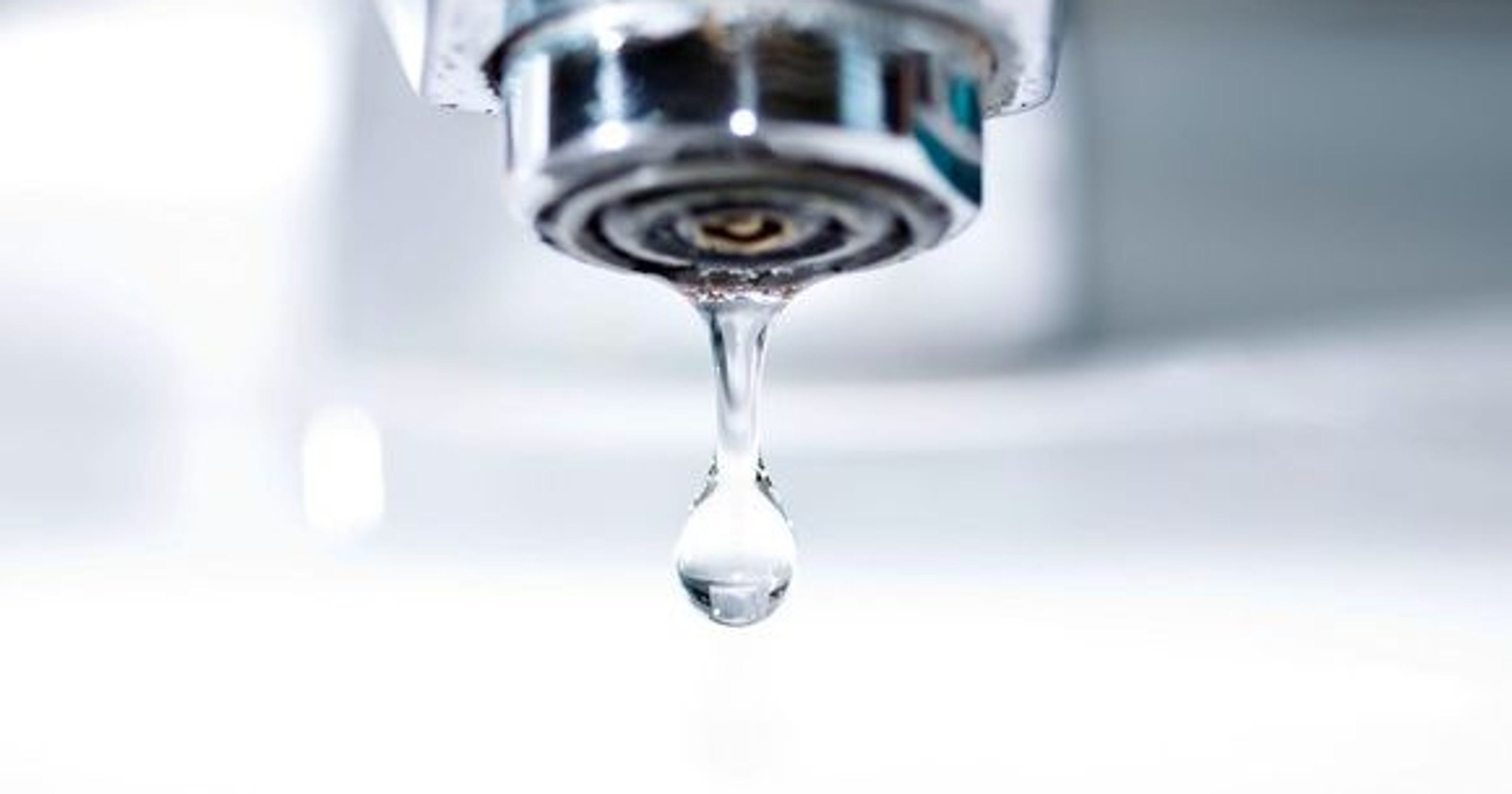Last updated on October 1, 2019
Working Group Study
ARecent Study finds that drinking tap water in California throughout your lifetime can increase the probability of getting cancer.
According to the Environmental Working Group an estimate of 15,500 cancer cases can be caused by contaminants prevalent in California tap water. The study was published by the journal Environmental Health. Some of these harmful chemicals include, hexavalent chromium and arsenic. In addition to this, small traces of Uranium have been discovered.
The Los Angeles Department of Water and Power, the nation’s most prominent municipal utility and the water supplier doubt these reports and the findings of the study.
The studyexamined 2,737 different public water systems California by measuring the level of reported contaminants in the systems. These systems are the main providers of drinking water in California that serve 98% of the state’s residential population. They are regulated by the Safe Drinking Water Act and various state regulators. These systems host both regulated and unregulated contaminant in order to guarantee safe water for the residential population.
500 Red Flag Water Systems Were Detected
The highest category estimated an additional cancer risk of more than 1 in 1,000 people being diagnosed with cancer over the course of a lifetime from drinking tap water. Researchers were not authorized to disclose the specific water sources that were at risk due to NDA agreements.
The American Cancer Society predicts that about 40% of all Americans will be diagnosed with cancer. This is a general figure and doesn’t include infections due to water.
About 500 neighborhoods were flagged as high-risk infection water zones. As a result, researchers estimate that 4,860 diagnosis subject to the population sample size in the corresponding areas. The California Environmental Protection Agency refused to comment on the study.
Any Trace of Arsenic is Dangerous
Much of the cancer risk was driven by arsenic contamination. These systems were some of the smallest systems in the state, serving 10,000 residents or less, and relied heavily on groundwater. A big factor of the cancer risk was due to arsenic presence.
“Arsenic is going to be an issue with groundwater in certain areas” said Stoiber.
Arsenic contamination in drinking water can result both from arsenic that naturally occurs because of geology as well as from industrial and agricultural exposure.
Even very low levels of arsenic are considered to be highly carcinogenic.
“There’s no safe level of arsenic. Even the smallest trace can increase the probability of someone getting cancer by a significant amount.The U.S. Environmental Protection Agency is pondering tightening the drinking water standard for arsenic from 50 parts per billion — to as low as 3 ppb.
However, because of fears regarding costs, the agency had settled to lowering the amount to cost, to a standard of 10 ppb. Essentially, this is really dangerous as any level of the toxin can be deadly or hazardous,” said Kelly Reynolds, director of the Environment, Exposure Science and Risk Assessment Center at the University of Arizona.
Reynolds wasn’t surprised that smaller water systems carried higher risks.
In addition, Reynolds also wasn’t surprised about the fact that smaller waster systems carried higher risks. “Small utilities do not have as efficient treatment capabilities as your larger utilities causing a deterioiration of quality. “A lot of the smaller systems don’t possess the economies of scale attributed when compared to the larger ones. Sadly, they don’t have the resources to improve water quality,” ” she said.
However, this doesn’t mean that larger systems were free from the contamination risk. In fact, 43% of the evaluated systems — including some of the larger systems — carried some of the higher cancer risks.
The authors found that 47% of estimated lifetime cancer cases were due to arsenic pollution in drinking water. About a third of the estimated cancer diagnoses was attributed to disinfection byproducts — chemicals that are a byproduct of treating drinking water. Another 16% resulted from hexavalent chromium, the “Erin Brockovich” element.
Stoiber said she and her colleagues knew limitations in their work, noting that interactions between chemical contaminants aren’t well known and that their assessment could falsely deduce the true risk.
“That’s why we’re pushing for this [cumulative risk analysis],” Stoiber said. Understanding the science of contaminant interactions is the next step, she said: “This is where future research is needed.”
Reynolds agreed that this research was an important starting point. While the findings themselves may be specific to California, she said this approach to risk assessment could be used by any other community to evaluate its own data and water quality. This kind of work “should drive how we prioritize our resource and how we manage this problem” as a society, she said.
But, she added, home consumers could take simple steps now like installing a RO Filter or Reverse Osmosis System to help reduce their exposure to these contaminants. Filters have to be targeted to the contaminants and can either be applied right where consumers use their water, like a faucet filter or water pitcher, or a large whole house system that treats water as it enters the house. Point of use devices, which are usually plumbed into the sink are typically much more effective at getting rid of carcinogens and pathogens than pitchers or faucet filters.




